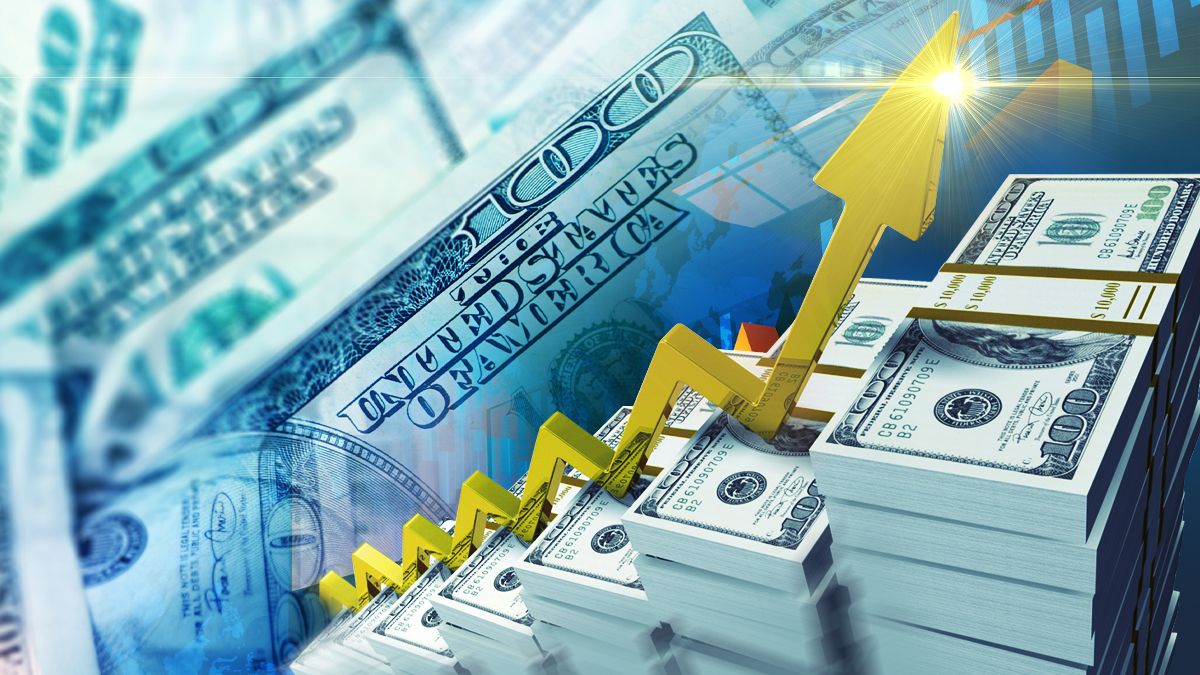In this sense, given the prospect of new rate hikes and a stagnation in global economic growth, it is expected that the dollar will continue this strengthening trend, since in the face of crises in global markets, investors lose appetite for risk and they look for safer assets. This implies that the rest of the currencies weaken against the dollar.
Lautaro Losada, an economist at Buenos Aires Valores, pointed out that the strengthening of the dollar has been going on for a year. “This implies that Argentina faces complications on several fronts. As there are restrictions in the capital market and there are no free floats, the crawling peg depends yes or yes on the BCRA. In recent days, a higher devaluation was seen, probably for this reason, but there are no discreet jumps, as there may be in other emerging countries in the face of the strengthening of the dollar. So, if the rest of the emerging countries and the main trading partners devalue, the exchange delay increases, which impacts reserves, as we are currently seeing. When comparing the multilateral real exchange rate, we see that it is at low values”, he analyzed.
Along the same lines, Julio Roque Calcagnino, financial adviser at TSA Bursátil, highlighted: “The agreement with the IMF proposed a roadmap for the nominal exchange rate, which is nothing more than it sliding at such a speed that competitiveness remains at the levels of the end of 2021. In this sense, the depreciation of the currencies of Argentina’s trading partners against the dollar must be accompanied by a greater depreciation of the official exchange rate”. It is worth noting that the multilateral real exchange rate, as of June 16 (last data published), is 95.7 points, while what was agreed with the IMF is that it be maintained at around 102.5 points.
In this regard, Losada highlighted a fact that can give the BCRA some margin. “The exchange rate in Argentina is appreciated, and this is reflected in the index. However, within our main trading partners, the one with the most weight in the index is Brazil, almost 30%. It is important to note that, although the dollar is strengthening worldwide, the Central Bank of Brazil is very hawkish (aggressive in monetary terms), and maintains one of the most positive real rates in the world, and there was no strong devaluation in the last year of the real, which cushions to a certain extent the impact of our appreciation”, he clarified.
For his part, the economist Federico Glustein pointed out that the strengthening of the dollar could affect BCRA reserves in other ways: “The strengthening of the dollar could generate a drop in the price of commodities, which (although it would help in terms of the slowdown in local prices and inflation), could complicate the macro. In turn, it inclines towards the dollarization of portfolios for coverage, as seen in recent days with the massive sale of bonds in pesos. This added to the fall of the yuan, which would have effects on exports if it is sustained over time.
“We have already seen what happens when there is distrust in the local market and in Argentina the dollar is not only a currency but also an asset for speculation and a reserve of value, therefore, when the dollar strengthens, local investors necessarily pour towards that market that is safer”, concluded Glustein.
Source: Ambito
David William is a talented author who has made a name for himself in the world of writing. He is a professional author who writes on a wide range of topics, from general interest to opinion news. David is currently working as a writer at 24 hours worlds where he brings his unique perspective and in-depth research to his articles, making them both informative and engaging.




